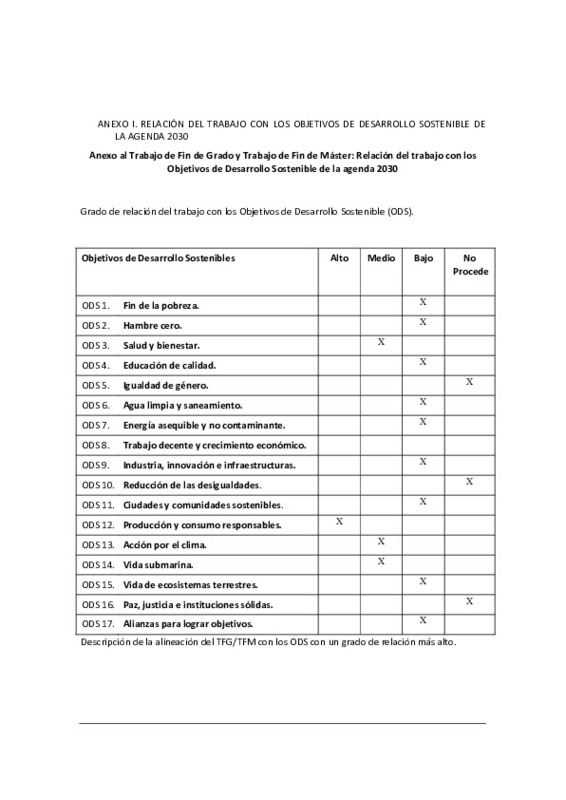|
Resumen:
|
[ES] Los panes planos son una antigua y ampliamente consumida variedad de pan compuesta tradicionalmente por harina, sal, agua y levadura. Sin embargo, la opción sin gluten todavía representa un desafío tanto tecnológico, ...[+]
[ES] Los panes planos son una antigua y ampliamente consumida variedad de pan compuesta tradicionalmente por harina, sal, agua y levadura. Sin embargo, la opción sin gluten todavía representa un desafío tanto tecnológico, debido a la ausencia de dicha proteína, como nutricional, ya que tienden a ser deficientes en proteínas, fibra dietética, vitaminas y minerales, pero ricos en grasas e hidratos de carbono. Los vegetales deshidratados tienen un elevado contenido de compuestos fenólicos, lo cual podría mejorar el perfil nutricional. Sin embargo, hay poca información sobre su uso como ingrediente y su impacto a nivel tecnológico y nutricional en productos alimentarios. El objetivo del estudio fue producir panes planos sin gluten que fueran tecnológicamente viables y nutricionalmente saludables, incorporando vegetales como alcachofa, tomate y limón en diferentes concentraciones (2%, 5% y 10%). Los resultados indicaron diferencias significativas en la composición nutricional de los vegetales, que a su vez influyeron en el comportamiento de la masa. Los panes planos libres de gluten mostraron diferencias en base al vegetal añadido y a su concentración. La alcachofa (5 % y 10%), el tomate (2% y 5%) y el limón redujeron la dureza de los panes frente al control. La diferencia de color incrementó a medida que se aumentó el porcentaje de los vegetales. La composición nutricional simulada obtenida presentó un aumento en el contenido de fibra dietética en los panes con alcachofa y limón. En conclusión, los vegetales pueden ser ingredientes alternativos saludables, sostenibles y naturales para la elaboración de productos de panadería innovadores. además, mejorar el sabor, textura o perfil nutricional de los panes planos libres de gluten..
[-]
[EN] Flatbreads are an ancient and widely consumed variety of bread traditionally composed of flour, salt, water and yeast. However, the gluten free alternative is still a technological and nutritional challenge, as they ...[+]
[EN] Flatbreads are an ancient and widely consumed variety of bread traditionally composed of flour, salt, water and yeast. However, the gluten free alternative is still a technological and nutritional challenge, as they tend to be deficient in protein, dietary fibre, vitamins and minerals, but rich in fat and carbohydrates. Dehydrated vegetables have a high content of phenolic compounds, which could improve the nutritional profile. However, there is little information on their use as a food ingredient and their technological and nutritional impact on food products.
The aim of the study was to create technologically viable and nutritionally healthy gluten-free flatbreads by incorporating vegetables such as artichoke, tomato and lemon in different concentrations (2%, 5% and 10%). Statistically significant differences were observed in the nutritional composition of the vegetables, which in turn influenced the behaviour of the dough. Gluten-free flatbreads showed differences based on the added vegetable and its concentration. Artichoke (5% and 10%), tomato (2% and 5%) and lemon reduced the hardness of the breads compared to the control. The difference in colour increased as the percentage of vegetables increased. The simulated nutritional composition obtained showed an increase in dietary fibre content in the breads with artichoke and lemon. In conclusion, vegetables can be healthy, sustainable and natural alternative ingredients for the elaboration of innovative bakery products. Furthermore, they can improve the taste, texture or nutritional profile of gluten-free flatbreads.
[-]
|








